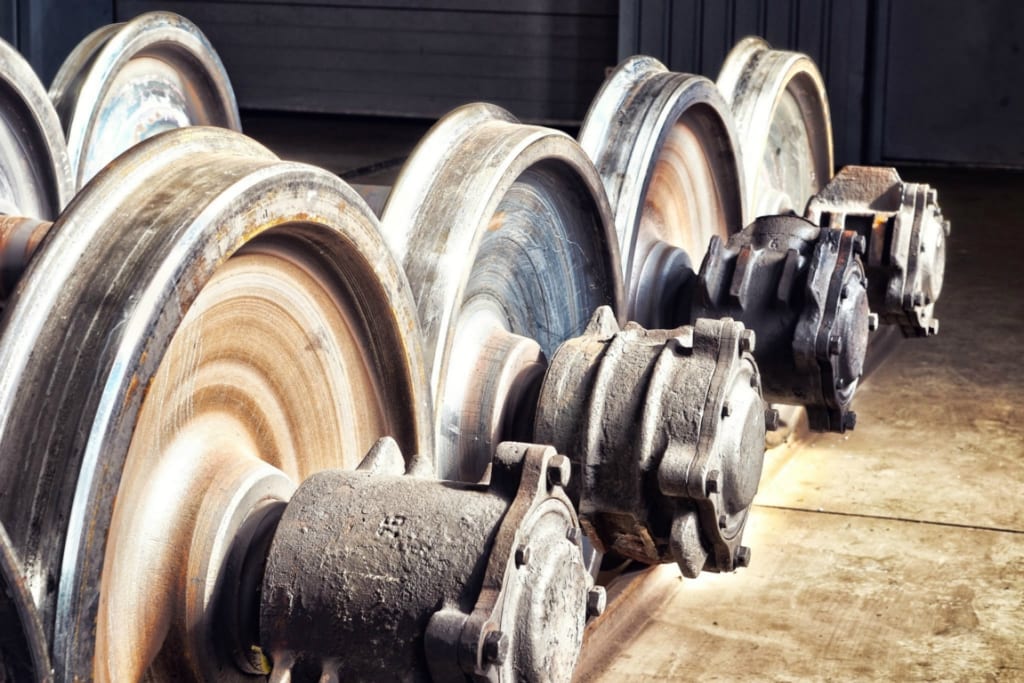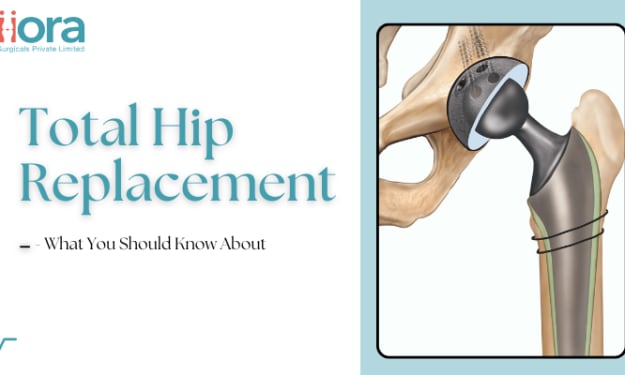Freight Railcar Parts Market Growth Driven by Infrastructure Development Projects
Freight Railcar Parts Market

The freight railcar parts market has been gaining significant traction over the past few years owing to the growing need for transportation of bulk commodities and finished goods. Freight railcars refer to the rail vehicles that are used for the transportation of cargo using the railway network. Some of the common freight railcar types include boxcars, flatcars, refrigerated cars, tanks cars, and hopper cars. Railcar parts are crucial components such as axles, wheels & wheel sets, couplers, braking systems, doors & door components, and HVAC systems that are integrated into new railcars as well as replaced in existing rolling stock. Growing infrastructure projects aimed at modernizing rail networks across major economies are expected to generate substantial demand for freight railcars over the coming years.
The Global Freight Railcar Parts Market Size is estimated to be valued at US$ 4.50 Bn in 2024 and is expected to exhibit a CAGR of 7.1% over the forecast period 2024-2031.
Key Takeaways:
Key players operating in the freight railcar parts market are Amsted Rail, Wabtec Corporation, Siemens Mobility, Greenbrier Companies, and Alstom. Amsted Rail and Wabtec Corporation collectively account for over 30% share of the global market.
Rising goods transportation volumes driven by expanding e-commerce, manufacturing, mining, energy, and agriculture industries is driving demand for rail freight mobility. This is positively impacting the need for freight railcars and their replacement parts.
North American and European railway firms are investing heavily in fleet expansion and modernization programs. Leading railcar manufacturers are partnering with parts suppliers to target lucrative opportunities emerging across global railway networks.
Market Drivers:
The growth of the freight railcar parts market is majorly driven by increasing infrastructure development projects undertaken by governments worldwide. Railroad infrastructure modernization receives high priority funding as it provides a low-carbon means of cargo transportation. Several countries are upgrading rail tracks and stations to accommodate heavier freight loads and higher train speeds. This is generating significant and recurring demand for parts and components used in new railcars.
Impact Of Geopolitical Situation On Freight Railcar Parts Market Growth
The current geopolitical scenario has brought uncertainties for the freight railcar parts market. The ongoing Russia-Ukraine conflict and sanctions on Russia are disrupting global supply chains. Russia and Ukraine are major suppliers of raw materials used in railcar manufacturing like steel. The restriction in trade is making it difficult for manufacturers to access these materials, putting upward pressure on input costs. Furthermore, many European countries are dependent on Russia for energy needs. Skyrocketing fuel prices due to supply constraints can negatively impact the operational efficiency and profitability of the transportation sector.
The freight railcar parts market will need to focus on developing alternate sourcing strategies and upgrading technology to counter cost inflation. Companies may try to source raw materials from other global suppliers or invest in developing local production capabilities. Adopting lightweight and more energy-efficient components can help reduce fuel consumption. The market is also expected to witness more consolidation activities as larger players try to gain access to diverse supplier networks and manufacturing footprints. Government support through subsidies and infrastructure spending will be critical for the industry to sustain growth amid ongoing geopolitical challenges.
Geographical Regions With Highest Market Concentration
The freight railcar parts market in North America is currently the largest and most concentrated globally, accounting for over 40% of the total market value. USA and Canada have extremely robust railroad networks for transporting commodities as well as well-established railcar component manufacturing clusters. States like Illinois, Ohio and Pennsylvania in the USA house production facilities of top railcar OEMs and part suppliers. These regions also benefit from the proximity to major commodity origins and ports. However, aging rail infrastructure and rising needs for capacity expansion indicate future growth prospects.
Fastest Growing Region For The Freight Railcar Parts Market
Asia Pacific region is poised to witness the fastest growth in the freight railcar parts market over the forecast period. This is attributed to the rising industrialization and investments toward developing rail freight corridors across China, India and ASEAN countries. Government initiatives such as Make in India are encouraging local manufacturing which will attract component suppliers. Furthermore, many global railcar manufacturers are setting up production bases in APAC to cater to the burgeoning domestic demand as well as access new export markets. The expanding rail infrastructure in the region to support growing international trade will drive the aftermarket demand for railcar spare parts.
What Are The Key Data Covered In This Freight Railcar Parts Market Report?
:- Market CAGR throughout the predicted period
:- Comprehensive information on the aspects that will drive the Freight Railcar Parts's growth between 2024 and 2031.
:- Accurate calculation of the size of the Freight Railcar Parts and its contribution to the market, with emphasis on the parent market
:- Realistic forecasts of future trends and changes in consumer behaviour
:- Freight Railcar Parts Industry Growth in North America, APAC, Europe, South America, the Middle East, and Africa
:- A complete examination of the market's competitive landscape, as well as extensive information on vendors
:- Detailed examination of the factors that will impede the expansion of Freight Railcar Parts vendors
FAQ’s
Q.1 What are the main factors influencing the Freight Railcar Parts?
Q.2 Which companies are the major sources in this industry?
Q.3 What are the market’s opportunities, risks, and general structure?
Q.4 Which of the top Freight Railcar Parts companies compare in terms of sales, revenue, and prices?
Q.5 Which businesses serve as the Freight Railcar Parts’s distributors, traders, and dealers?
Q.6 How are market types and applications and deals, revenue, and value explored?
Q.7 What does a business area’s assessment of agreements, income, and value implicate?
Get more insights on this topic: https://justpaste.it/db2j8
Author Bio:
Money Singh is a seasoned content writer with over four years of experience in the market research sector. Her expertise spans various industries, including food and beverages, biotechnology, chemical and materials, defense and aerospace, consumer goods, etc. (https://www.linkedin.com/in/money-singh-590844163)
About the Creator
Enjoyed the story? Support the Creator.
Subscribe for free to receive all their stories in your feed. You could also pledge your support or give them a one-off tip, letting them know you appreciate their work.





Comments
There are no comments for this story
Be the first to respond and start the conversation.